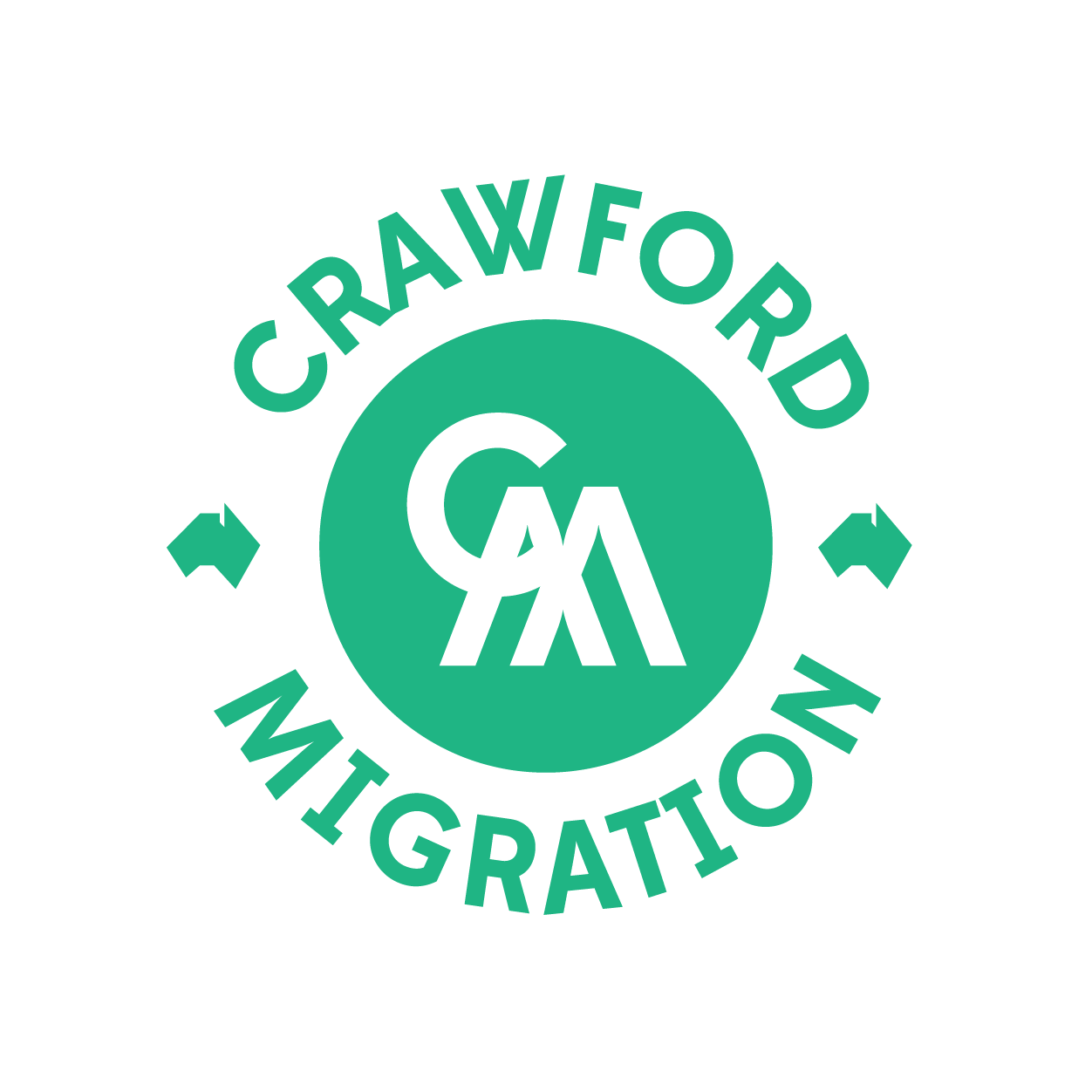Crawford Migration (CM) Types of Visas
Comprehensive Services
Crawford Migration market for;
- Initial consultations
- Partner visas
- Family visas
- Visitor visas
- Child visas
- Parent visas
- Appeals with the Administrative Review Tribunal
- Bridging visas
- Australian Citizenships
- Resident Return visas
- Student visas
- Skilled visas
- Student graduate visas
- Working Holiday visas
- Visitor visas
Please note we do not offer services for Humanitarian visas.




